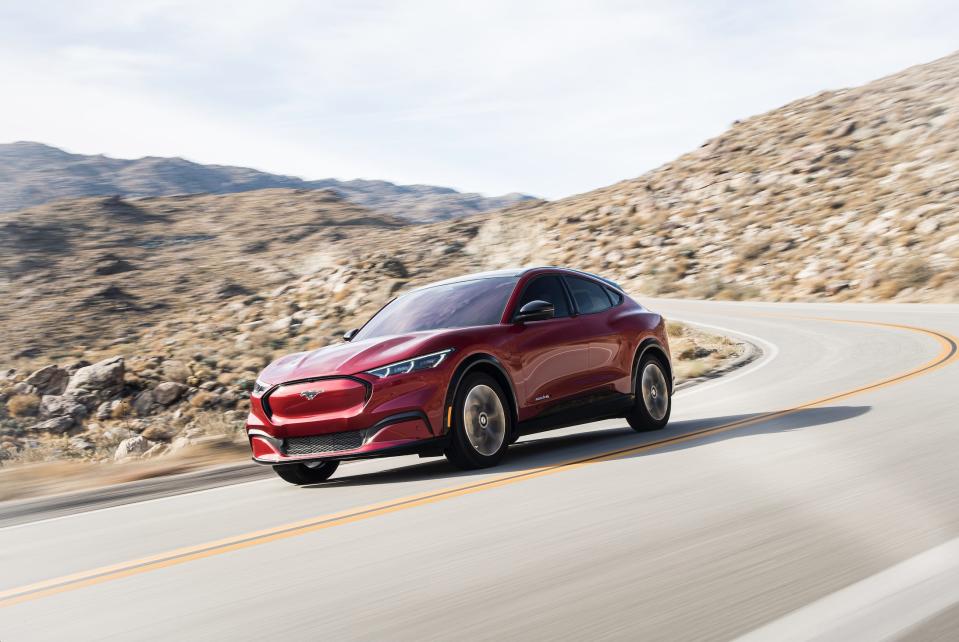Why you should think twice before splurging on all-wheel drive in your new electric car

All-wheel drive has different advantages and disadvantages in electric cars.
AWD EVs have an extra motor, which consumes more energy and decreases range.
For some buyers, AWD capability may not be worth the reduced driving range.
The new wave of electric vehicles is shaking up the way people think about buying cars. Instead of miles per gallon, EV shoppers are thinking hard about range. On top of size and price, buyers also need to consider things like charging speed.
It can all get a little confusing for people who have bought combustion-engine cars for decades. And there's another key decision that electrification has turned on its head: all-wheel drive or not?
AWD provides many of the same benefits in an EV as in a gas car. Two extra drive wheels help increase traction and mean an AWD EV will be more capable and confident in snow and other slippery conditions. But they also necessitate an extra motor sucking additional energy from the battery pack and making the car heavier, dealing a blow to range.
A two-wheel-drive EV will generally have one motor mounted to its front or rear axle. An AWD model usually has two motors, so there's one driving the front wheels and another turning the rears. Thanks to that boost in horsepower and torque, AWD EVs tend to accelerate much quicker than ones with front- or rear-wheel drive.
The fun doesn't stop at two motors. Companies like Rivian, Tesla, and GMC, sell EVs with three or four motors, dialing up performance even more.

 Yahoo Autos
Yahoo Autos 